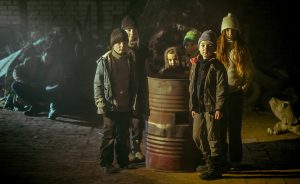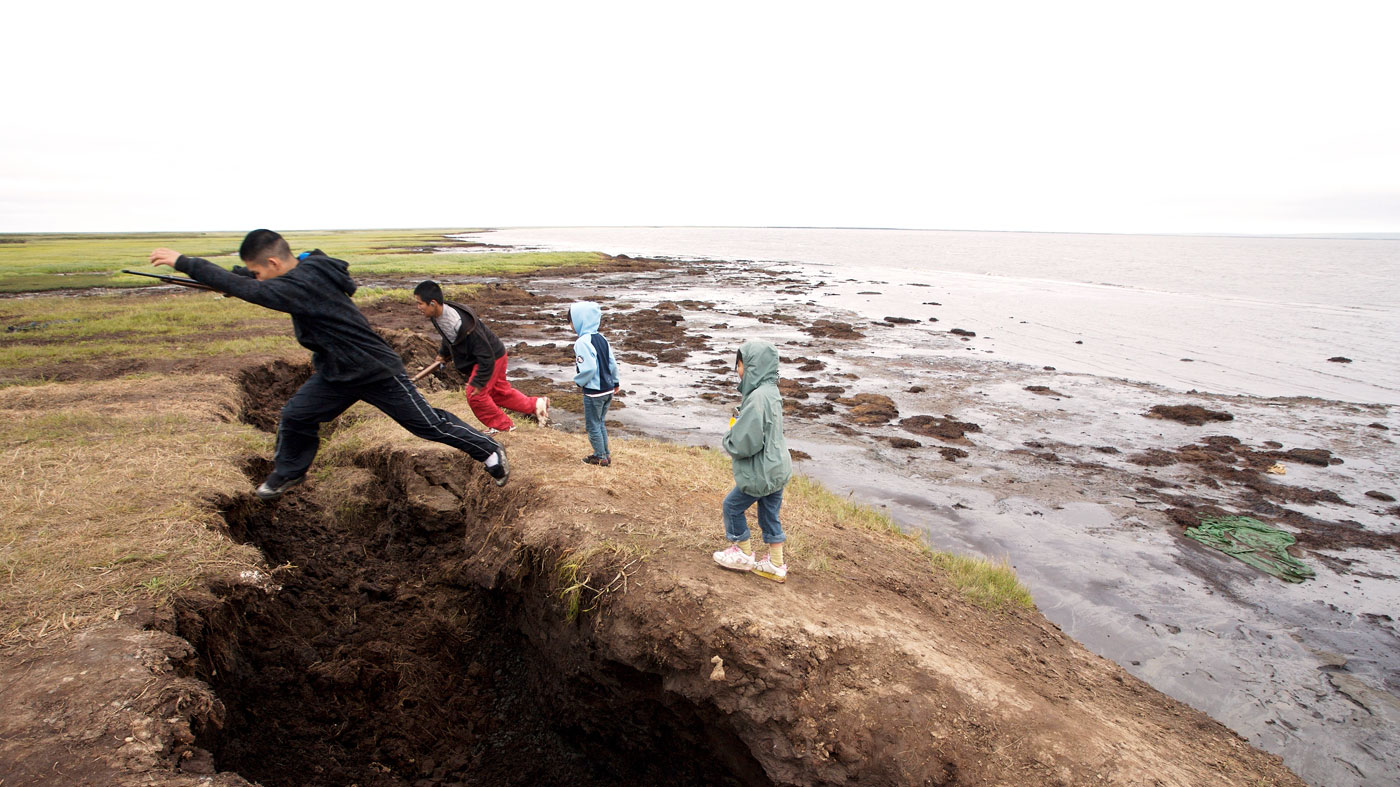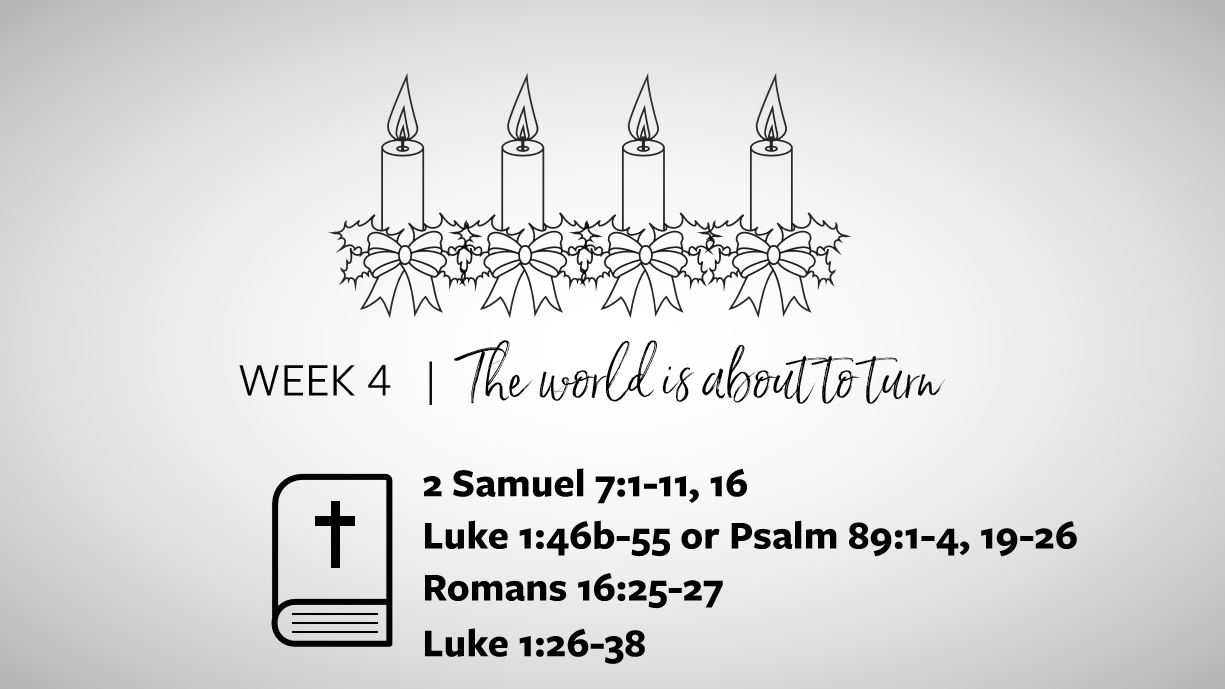Bryan Jaster, Winchester, VA
Warm-up Question
What is something surprising you were asked to do in the past week? What did you do in response to being asked?
How Can This Be?
Washington, D. C. You likely know it as America’s capital and the place where our national government has its home. Many visit to see the Smithsonian, explore the monuments, and go to plays or sports events.

However, not as well known is the large population of people who continue to live in parks, shelters, or moving back and forth between housing and the streets. Thankfully, according to the DC Department of Human Services, the number of adults and children who experience homelessness has dropped 34% from 2009 to 2017. One night earlier this year, there were 7,473 people unsheltered in an emergency shelter or in a transitional housing facility.
Recently youth from our community met two men in Washington D.C. who help lead an organization called Teens Opposing Poverty. They told stories of living on streets for 10-12 years each. A small number of teenagers chose not to ignore them. The teens fed them, brought clean, white socks, and got to know them as human beings. They blessed them and the new homeless friends blessed back.
One day the teens asked “How can this be that you have to live on the streets and under benches?” Hearing answers, these youth continued to stick around, offering hope and small steps toward living fuller lives. As a result of the blessing from teenagers who loved them, these two men are both off the streets. They are employed and have families. They are proud to lead groups of teenagers through Teen Opposing Poverty. Youth get to know others who live on the streets trapped in the cycle of poverty.
Be sure to check out Teens Opposing Poverty at http://teensopposingpoverty.org. Their mission is to empower youth to meet physical needs and offer hope, friendship, opportunity and encouragement to the poor, not just as an annual event, but as a regular part of their lives. They know that teenagers have a unique voice give from God to transform lives!
Discussion Questions
- Do you know anyone who is affected by homelessness? Why do people in our country not have adequate shelter, food, or employment?
- How is daily life different for those who live on streets each day?
- What are some unique gifts that teenagers have to help transform poverty? How do you or teenagers you know share them?
Fourth Sunday in Advent
(Text links are to Oremus Bible Browser. Oremus Bible Browser is not affiliated with or supported by the Evangelical Lutheran Church in America. You can find the calendar of readings for Year B at Lectionary Readings
For lectionary humor and insight, check the weekly comic Agnus Day.
Gospel Reflection
“How can this be?”
It’s a reasonable question which Mary asks. As this story begins in Luke we hear conversation between a messenger of God named Gabriel and a virgin whose name is Mary. The angel messenger finds Mary in Nazareth and says, “Do not be afraid.” Mary is perplexed by the words of this messenger.
Next, Gabriel tells Mary, that although she is an unwed virgin, her soon to be born son Jesus “will be great, and will be called the Son of the Most High, and the Lord God will give to him the throne of his ancestor David. He will reign and his reign will be forever.”
This is an unexpected blessing from Gabriel to Mary! Mary is blessed before she says yes.
To understand the surprising power of this blessing it helps to know that she would have been familiar with the titles being given to her unborn son. The titles now given to Jesus (“Son of God,” “Savior of the World,” and “Messiah/Christ”) were previously given to Caesar. Before Jesus was conceived, Caesar Augustus had already been proclaimed by Roman imperial theology as “Son of God” and “Savior of the World.” Mary lives in the middle of the powerful Pax Romana reign where Caesar is given these titles and everyone knows them just as we might know the name of a president or king today. Imagine her surprise when this visiting angel proclaims that her soon to be born son is the actual ruler and king to be given these titles, and not only of this land, but of the whole world.
Mary says, “How can this be?” Indeed! How CAN this be?!?
The angel is persistent and says God the Most High and Holy Spirit will take over all of this. And, oh by the way, your cousin also quite unexpectedly will have a son too because with God nothing is impossible.
Finally, Mary says, “Yes” and honors the gift of bringing this Son of God into the world.
Discussion Questions
- Read the story again. What parts now get your attention?
- When have you, liked Mary, said, “How can this be?” Was it in a moment like that of the teenagers in DC who encountered hurting lives and wanted to make a difference? Or was it a time when you received an unexpected blessing? Share stories with each other.
- What messages do you think God is trying to communicate to the world now, in December 2017, as we practice Advent together and listen carefully to God? Mary responded with “Yes, I’m a servant of God; let it come to me as you have said.” Share some responses to what you think God may be saying now to grow God’s reign on earth today.
Activity Suggestions
Pull out your phones and research local organizations which respond to those who encounter homelessness in some way. Perhaps find a place where food is given out and give food. Find a way to offer help to those in transitional or relief housing. See if there is some unmet need to which you can respond. If you’re on Christmas break today, take time to help in the next few days if needed. Perhaps you will find something in your community that grabs your attention when you ask “How can this be?” Be alert for something that blesses you and invites you to respond.
Once you have found a way to serve that fits your gifts, contact the leaders, schedule a time and show up and serve.
Closing Prayer
O God we, with your servant, Mary ask “How can this be?” in a world that is filled both with crushing poverty and unexpected blessing. Help us to receive your messengers openly and be messengers of your great news and kingdom today. May we respond with “yes” to your gifts and serve humbly. Amen.



















